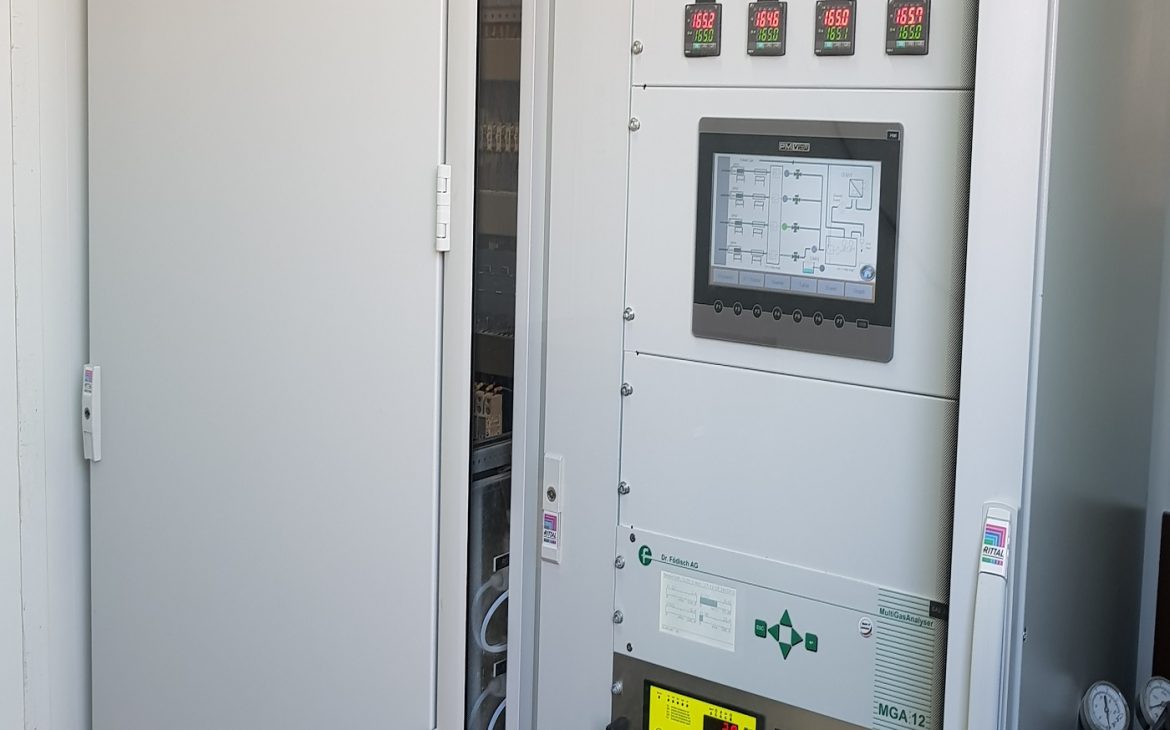Continuous emission monitoring systems (CEMS) were historically used as a tool to monitor flue gas for oxygen, carbon monoxide and carbon dioxide to provide information for combustion control in industrials. They are currently used as a means to comply with IDOE(Iran Department of Environment) air emission standards or the European Environmental Protection Agency, other federal emission programs, or state permitted emission standards. Facilities employ the use of CEMS to continuously collect record and report the required emissions data. The standard CEM system consists of a sample probe, filter, sample line, gas conditioning system, calibration gas system, and a series of gas analyzers which reflect the parameters being monitored. Typical monitored emissions include: sulfur dioxide (SO2), nitrogen oxides (NO), carbon monoxide (CO), carbon dioxide (CO2), hydrogen chloride (HCL), airborne particulate matter (Dust), mercury (Hg), volatile organic compounds (VOC), and oxygen (O2). CEM systems can also measure air flow, flue gas opacity and moisture. All gas components should be monitor and measure based on PPM or mg/m3 unit. Particles and dust should be measure based on mg/Nm3 and it shall report by means of total dust value. The best system is one that (1) works in the plant application, (2) can be purchased and operate at “reasonable cost”, and (3)requires relatively low maintenance.


